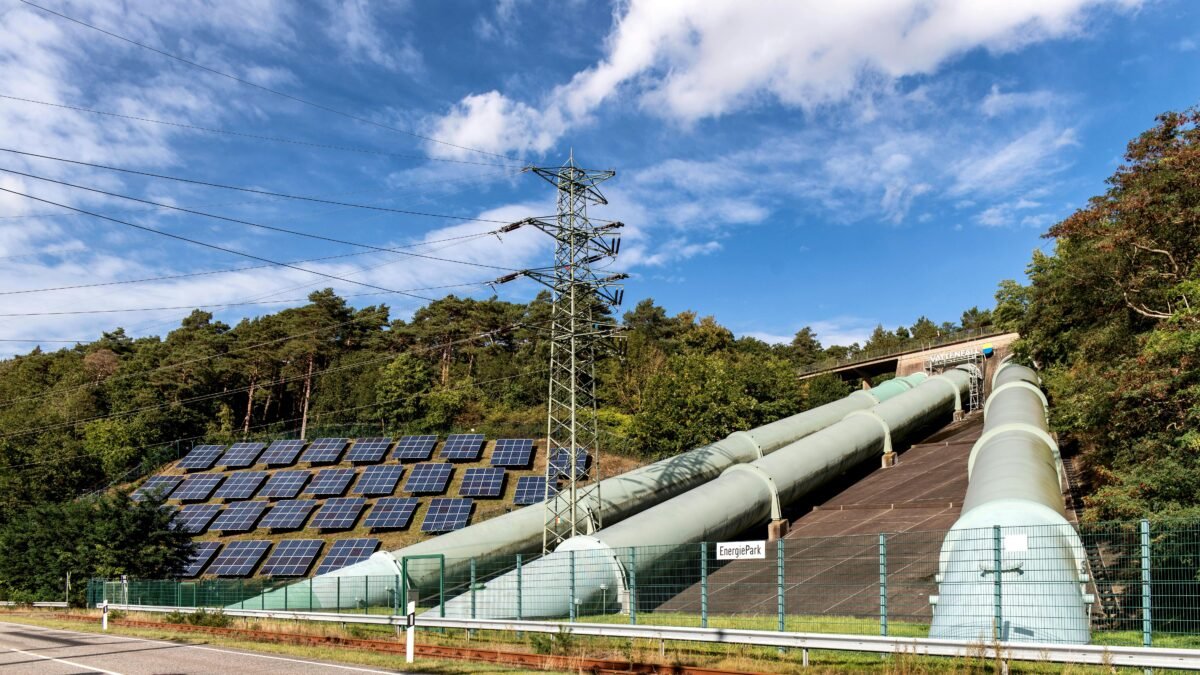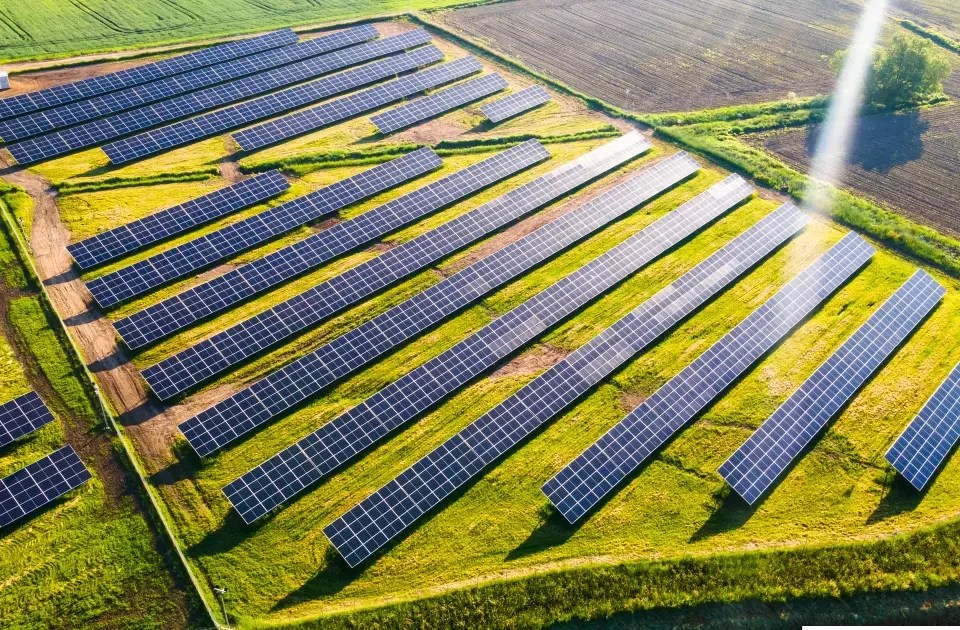The rapid expansion of utility-scale solar photovoltaic (PV) projects is transforming the global energy landscape. However, integrating these renewable energy sources into the existing electrical grid presents several challenges, particularly due to the intermittent nature of solar power. Smart inverters are emerging as a critical technology to address these challenges and enhance grid stability, reliability, and efficiency. This blog explores the role of smart inverters in grid integration and their impact on utility-scale solar PV projects.
Understanding Smart Inverters
Smart inverters, also known as advanced inverters, are sophisticated devices that convert direct current (DC) generated by solar panels into alternating current (AC) for use in the electrical grid. Unlike traditional inverters, smart inverters are equipped with advanced functionalities that enable two-way communication between the solar installation and the grid. This capability allows them to provide a range of grid-support services, making them essential for integrating large-scale solar PV systems into the grid.
Key Functions of Smart Inverters
- Voltage Regulation: Smart inverters can help maintain grid voltage within acceptable limits by adjusting their power output. They can absorb or inject reactive power, which helps stabilize voltage levels and prevent voltage fluctuations that could disrupt grid operations.
- Frequency Regulation: Smart inverters can also contribute to frequency regulation by quickly adjusting their power output in response to changes in grid frequency. This is crucial for maintaining the balance between electricity supply and demand, ensuring grid stability.
- Ramp Rate Control: The power output of solar PV systems can change rapidly due to variations in sunlight. Smart inverters can manage these fluctuations by controlling the rate at which power output changes, reducing the impact of sudden changes on the grid.
- Fault Ride-Through: In the event of a grid disturbance, such as a short circuit or voltage sag, smart inverters can continue to operate and support the grid, rather than disconnecting. This fault ride-through capability enhances grid resilience and stability.
- Remote Monitoring and Control: Smart inverters can be monitored and controlled remotely, allowing grid operators to manage solar PV systems more effectively. Real-time data on system performance and grid conditions enables operators to optimize the integration of solar power into the grid.
Enhancing Grid Integration
The integration of smart inverters into utility-scale solar PV projects offers several benefits for grid integration:
- Improved Grid Stability: By providing voltage and frequency regulation, smart inverters help stabilize the grid and prevent disruptions. This is particularly important as the penetration of intermittent renewable energy sources, such as solar and wind, increases.
- Increased Grid Flexibility: Smart inverters enhance grid flexibility by enabling dynamic responses to changing grid conditions. This flexibility is essential for accommodating the variable nature of solar power and maintaining a reliable electricity supply.
- Enhanced Grid Resilience: The fault ride-through capability of smart inverters improves grid resilience by allowing solar PV systems to continue supporting the grid during disturbances. This reduces the risk of widespread outages and enhances the overall reliability of the electrical system.
- Optimized Energy Management: Remote monitoring and control capabilities allow grid operators to optimize the performance of solar PV systems and manage energy flows more efficiently. This results in better utilization of solar energy and reduced reliance on fossil fuel-based power generation.
Challenges and Future Prospects
Despite their many benefits, the adoption of smart inverters faces several challenges. These include the need for standardization of communication protocols, interoperability with existing grid infrastructure, and regulatory approval. Addressing these challenges requires collaboration between industry stakeholders, policymakers, and grid operators.
Looking ahead, ongoing research and development efforts are focused on enhancing the capabilities of smart inverters and integrating them with other advanced grid technologies, such as energy storage and demand response systems. As these innovations continue to evolve, smart inverters will play an increasingly vital role in the successful integration of utility-scale solar PV projects into the grid.
Conclusion
Smart inverters are a key technology for integrating utility-scale solar PV projects into the electrical grid. By providing advanced grid-support services, enhancing grid stability, and optimizing energy management, smart inverters are transforming the way solar energy is integrated into the grid. As the adoption of renewable energy continues to grow, smart inverters will play a crucial role in ensuring a reliable, resilient, and efficient energy future.




